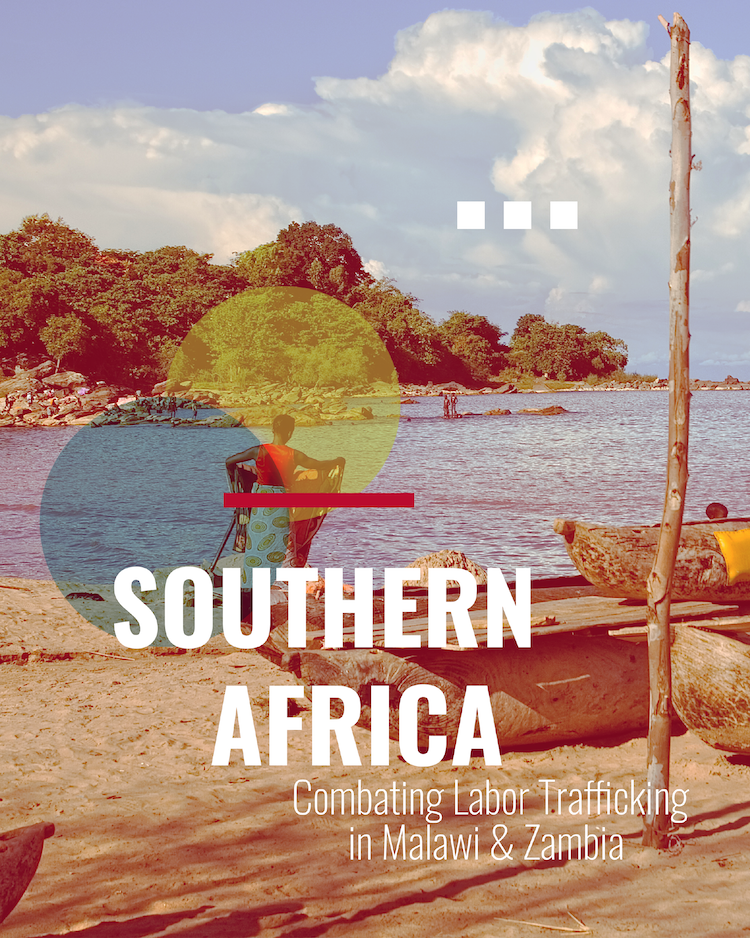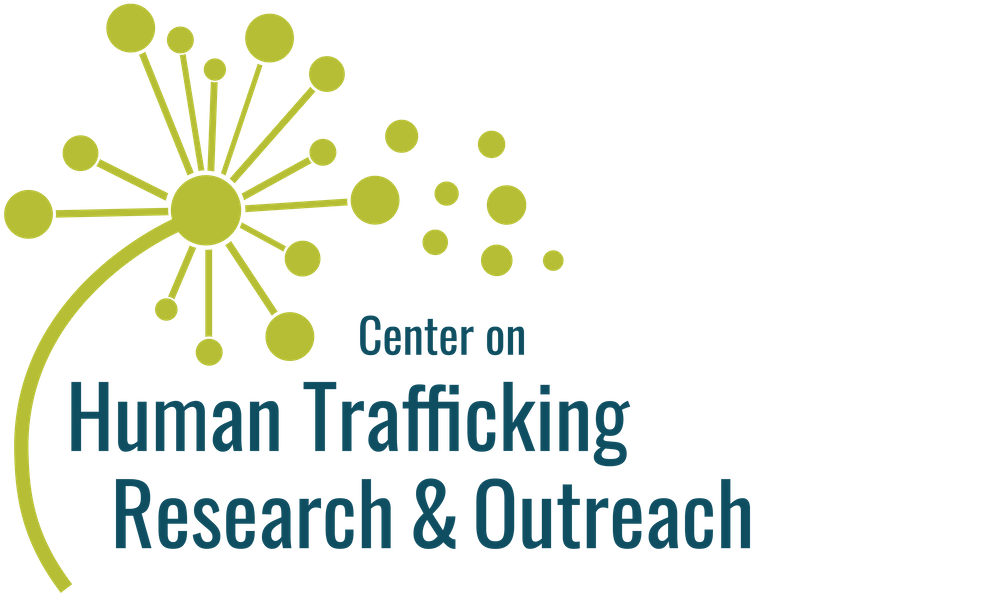 |
|
|
The first phase of CenHTRO’s anti-trafficking research and programming in Southern Africa made essential progress in 2023. In January, CenHTRO faculty traveled to the project countries on scoping visits, establishing key relationships with local stakeholders and finalizing target districts for research and programs: Mangochi and Blantyre in Malawi; Sesheke, Chipata, Lusaka, and Livingstone in Zambia. In June, our financial capability partners also made scoping trips, meeting with policymakers, financial institutions, NGOs, and others in preparation for interventions in Phase 2, which begins in 2024. CenHTRO again traveled to both project countries in September to participate in data collector training. The qualitative component of our baseline study began not long after. This element of our mixed-methods approach included in-depth interviews with survivors and at-risk young adults in the target demographic and key informants. We conducted focus group discussions with community members, national anti-trafficking task forces, and other relevant stakeholders to document existing service, policy, and knowledge gaps that drive and facilitate labor trafficking. |
 PROJECT OBJECTIVES
|
|
Additionally, our team completed a quantitative household survey to estimate the prevalence of labor trafficking among our target population. The quantitative research continues in early 2024, employing respondent-driven sampling to conduct a survey with young adults who have returned from working abroad. As our project in Southern Africa enters the implementation phase in 2024, we will continue to collect qualitative and quantitative data to adapt our financial capability interventions. The programs we’ve designed, which may include digital savings groups and financial guidance, will address identified gaps and barriers in accessing vocational training and affordable loans, and promise to achieve a significant reduction in labor trafficking. |
|
